The Timeless Architecture of St. Mary’s Cathedral by Kenzo Tange
St. Mary's Cathedral of Tokyo is one of the important buildings that shaped the face of Japan’s architecture after World War II. The house of worship, which turns 60 this year, is the work of the famous Japanese architect Kenzo Tange.
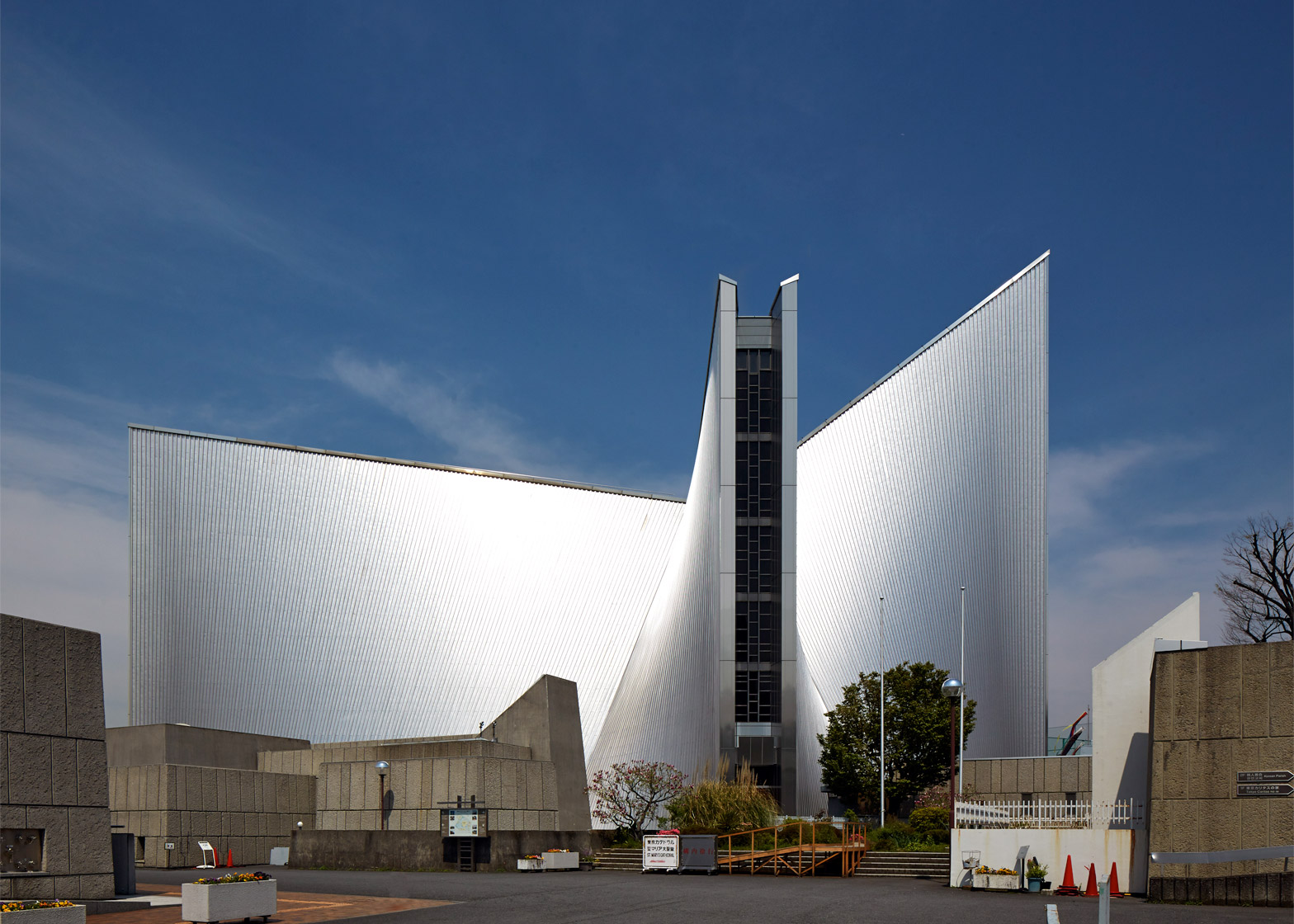 St. Mary’s Cathedral by Kenzo Tange (cr: Edmund Sumner)
St. Mary’s Cathedral by Kenzo Tange (cr: Edmund Sumner)
The modern building of extraordinary quality was built to replace the old wooden Gothic cathedral built in 1899, which was damaged by fire during the war. Through a competition, Tange—known for his modernist and metabolic architecture—won with a concrete, large-scale, and dramatically shaped design.
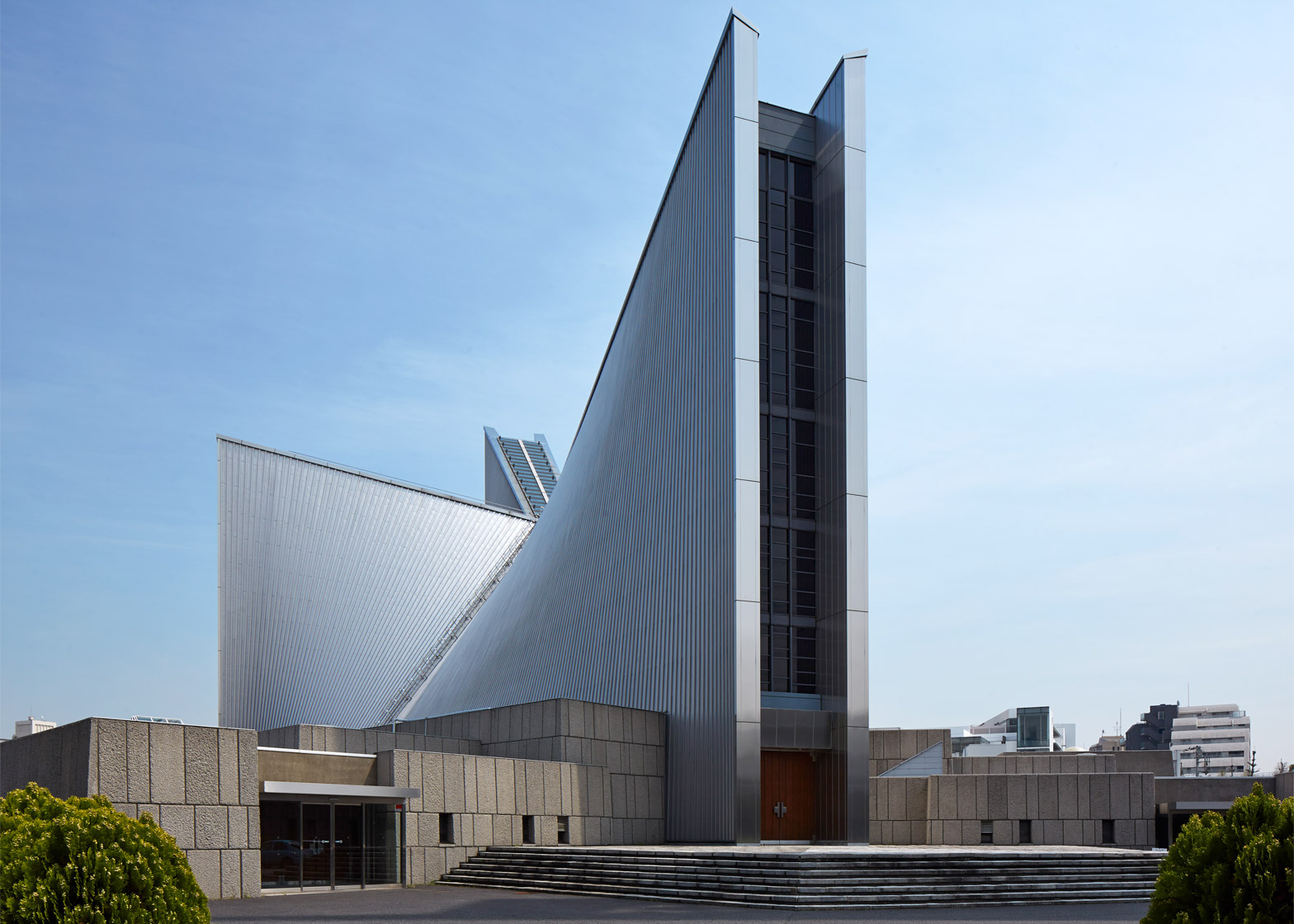 Hyperbolically curved concrete structure (cr: Edmund Sumner)
Hyperbolically curved concrete structure (cr: Edmund Sumner)
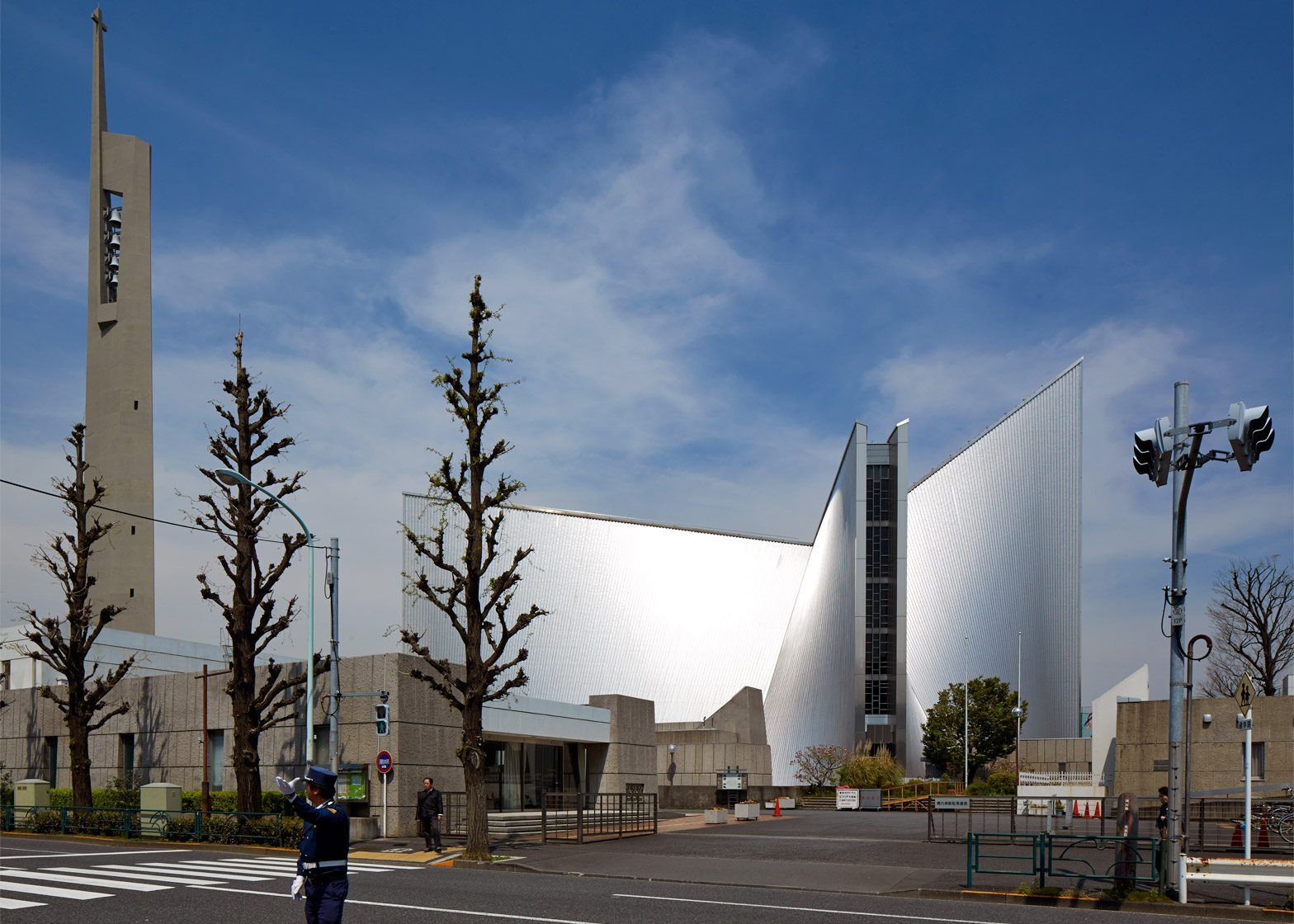 Asymmetrical cathedral (cr: Edmund Sumner)
Asymmetrical cathedral (cr: Edmund Sumner)
St. Mary's Cathedral stands on eight slabs, which, in addition to serving as walls, also function as the roof and structure. In contrast to other concrete cathedrals, which display a rigid appearance, Tange curves them hyperbolically and asymmetrically so that they are more dynamic while still having the massive and heavy character typical of concrete. Each side accommodating the rhombus plan resembles a bird's wings stretching towards the sky.
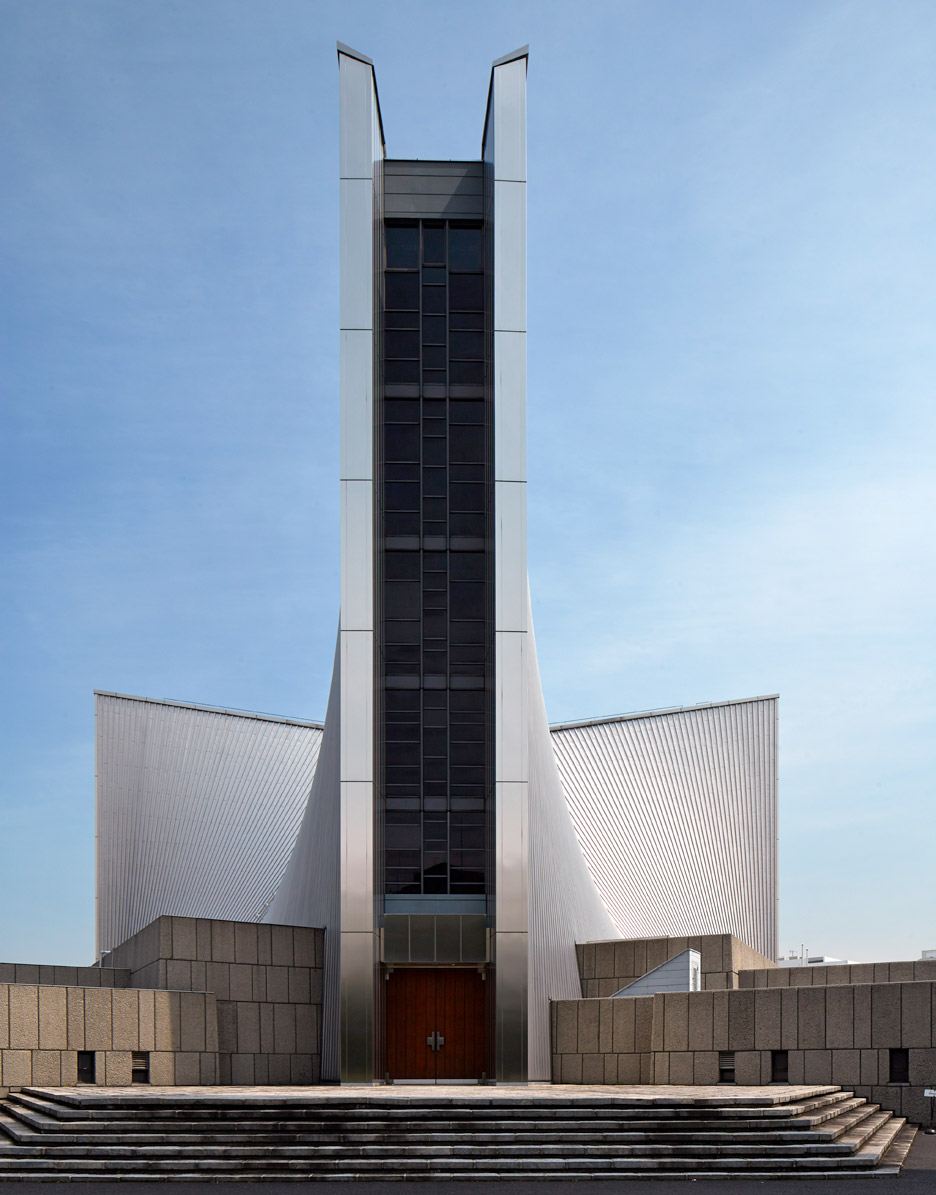 A 40-meter-high building (cr: Edmund Sumner)
A 40-meter-high building (cr: Edmund Sumner)
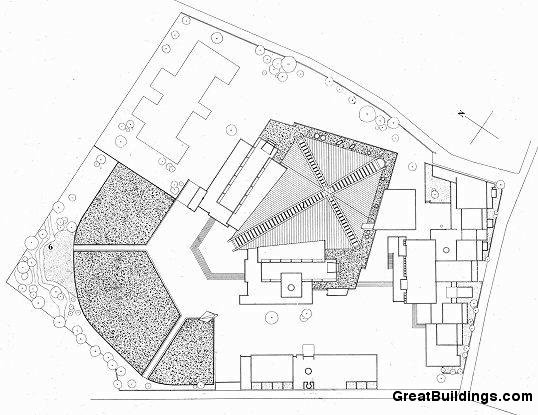 Plan
Plan
Each slab is built continuously from the ground and approaches each other at its peak with a maximum height of up to 40 meters. The gap formed between two slabs, whether horizontal, vertical, or diagonal, is closed with glass, forming a giant cross in the middle of dense Tokyo seen from the top—it is not visible to the eye's perspective. The rays of light that manage to enter through the gaps travel along the raw concrete walls of the monumental-scaled interior space, creating a pressure that gives the congregation a heavenly atmosphere and a sense of humility.
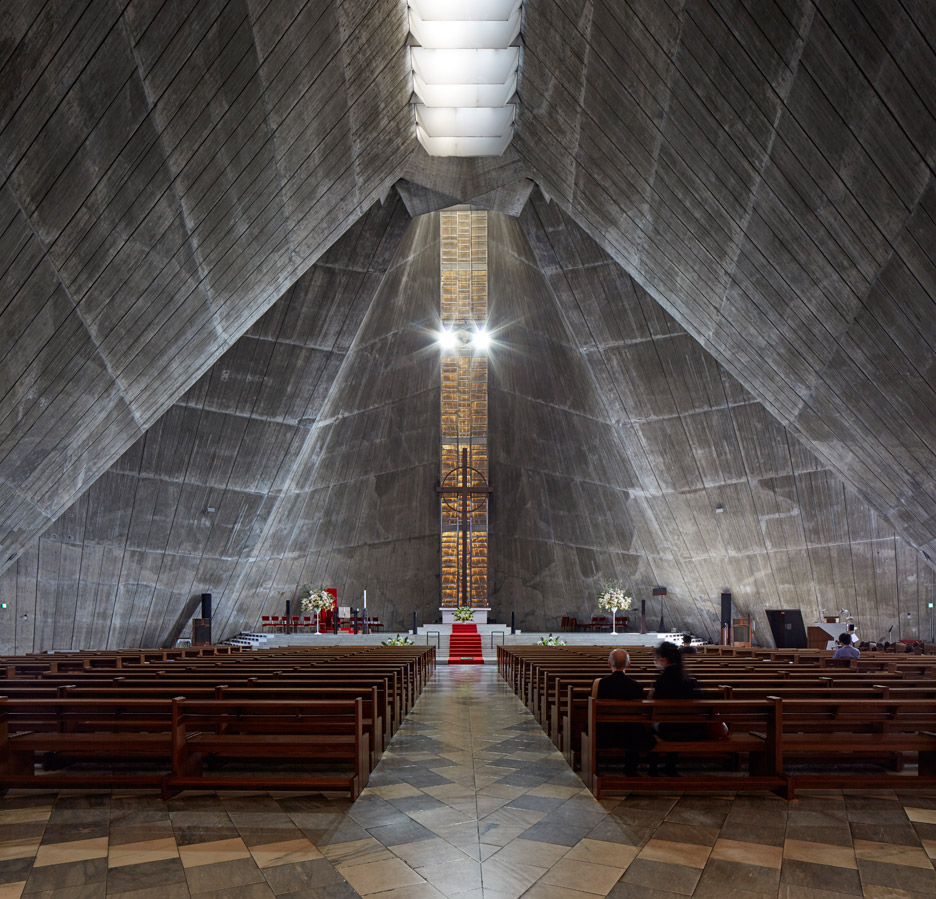 Heavenly interior (cr: Edmund Sumner)
Heavenly interior (cr: Edmund Sumner)
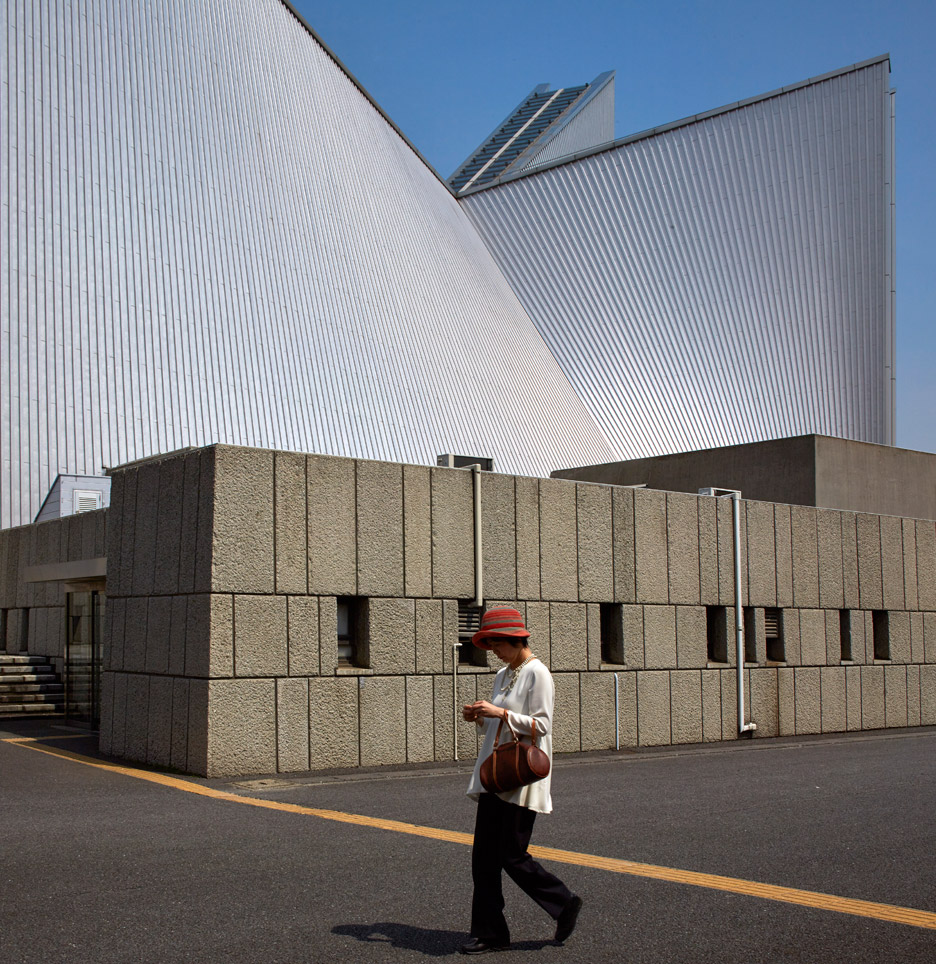 Stainless steel and galvanized aluminum facade (cr: Edmund Sumner)
Stainless steel and galvanized aluminum facade (cr: Edmund Sumner)
The building's exterior facade is clad in stainless steel and galvanized aluminum held together with metal bolts, giving it a monochromatic appearance that subtly reflects sunlight falling on its surface. In 2007, the structure underwent restoration under the supervision of Tange Associates—the architect founded before his death—to replace the façade support joints that had deteriorated over the years due to weathering.
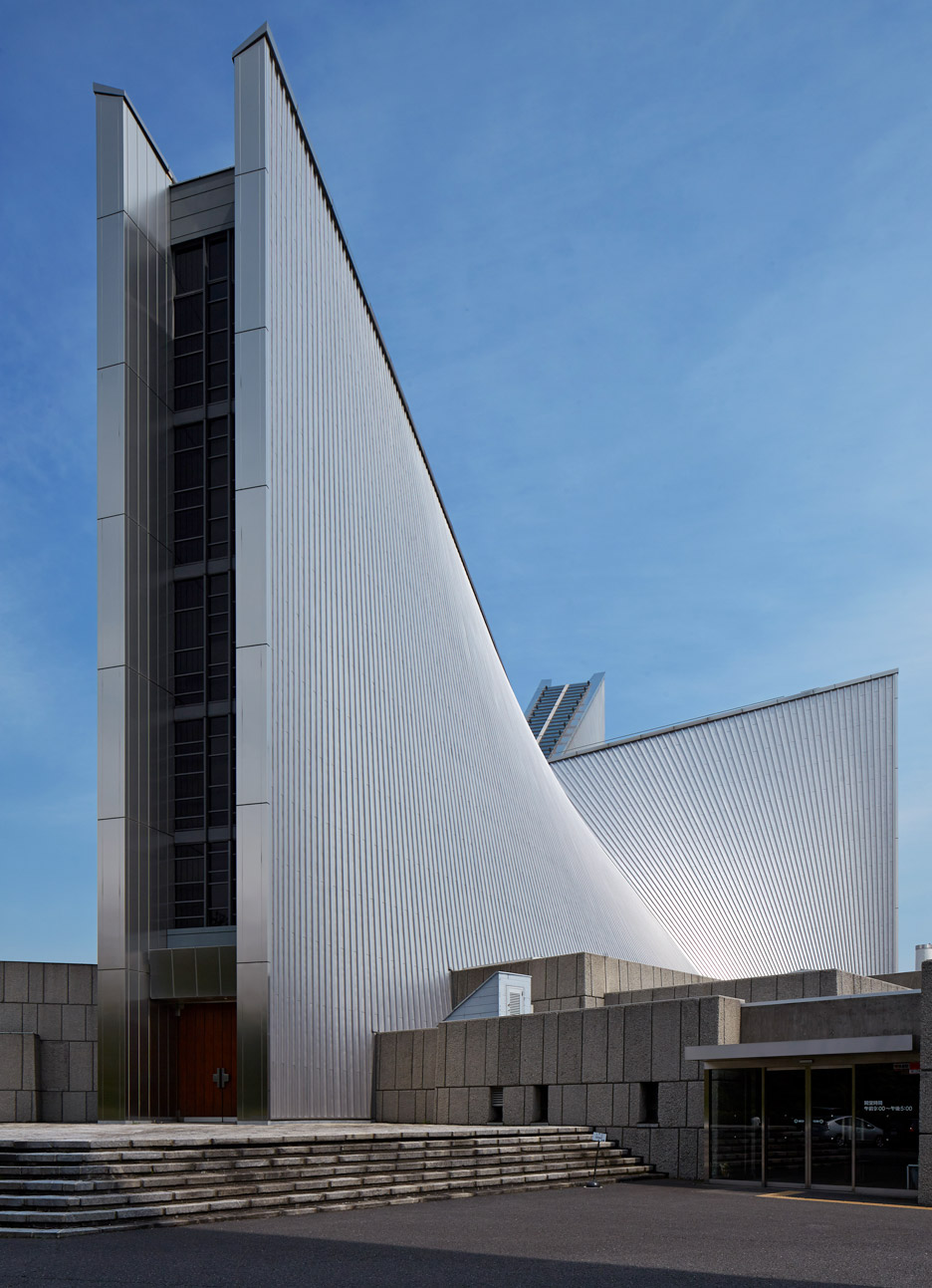 Monochromatic building (cr: Edmund Sumner)
Monochromatic building (cr: Edmund Sumner)
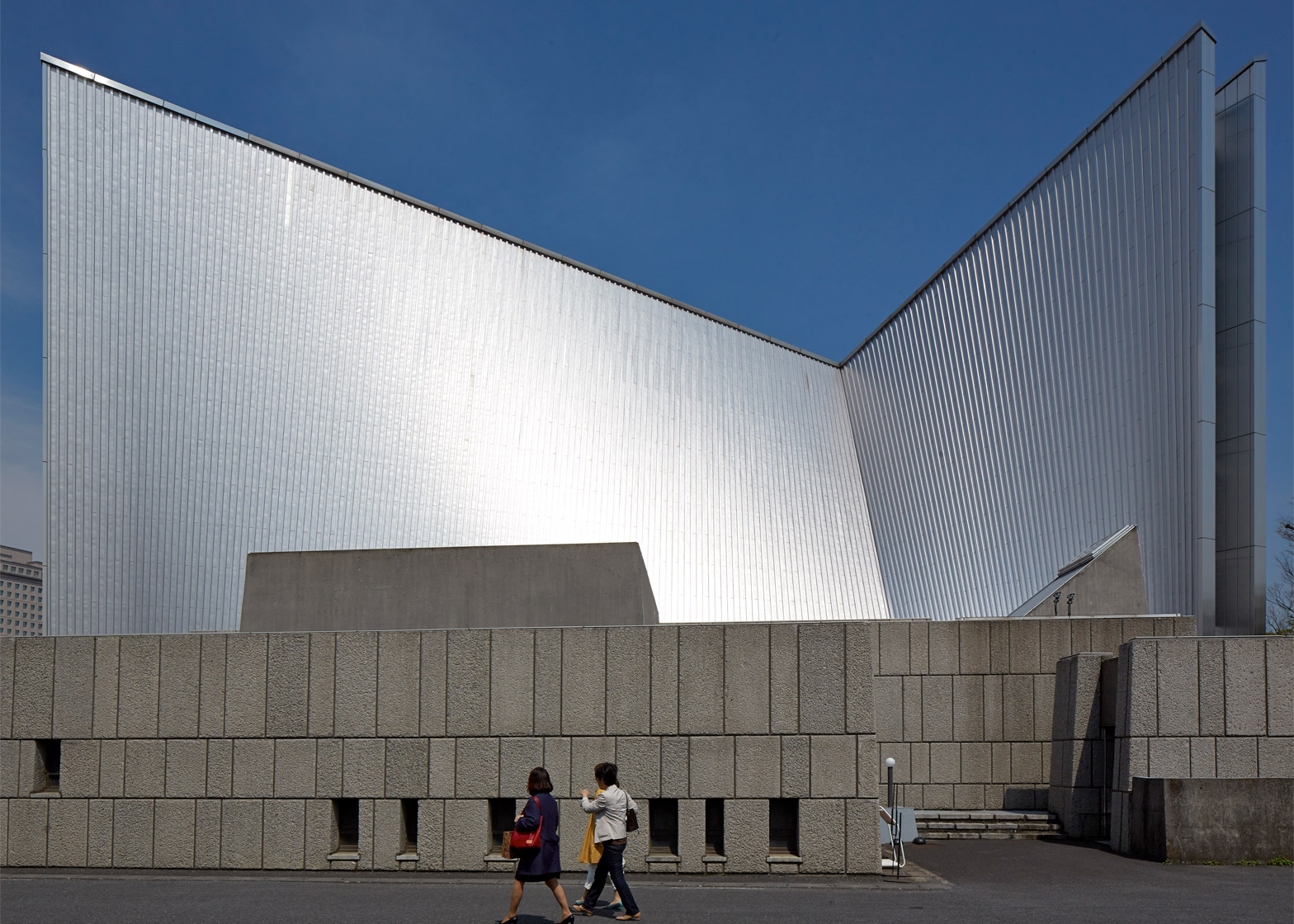 Reflected sunlight (cr: Edmund Sumner)
Reflected sunlight (cr: Edmund Sumner)
Bold lines, monochromatic colors, and clean shapes devoid of symbolism give the St. Mary's Cathedral of Tokyo a timeless look. With all of its greatness, the building also became one of Kenzo Tange's greatest designs as an architect.




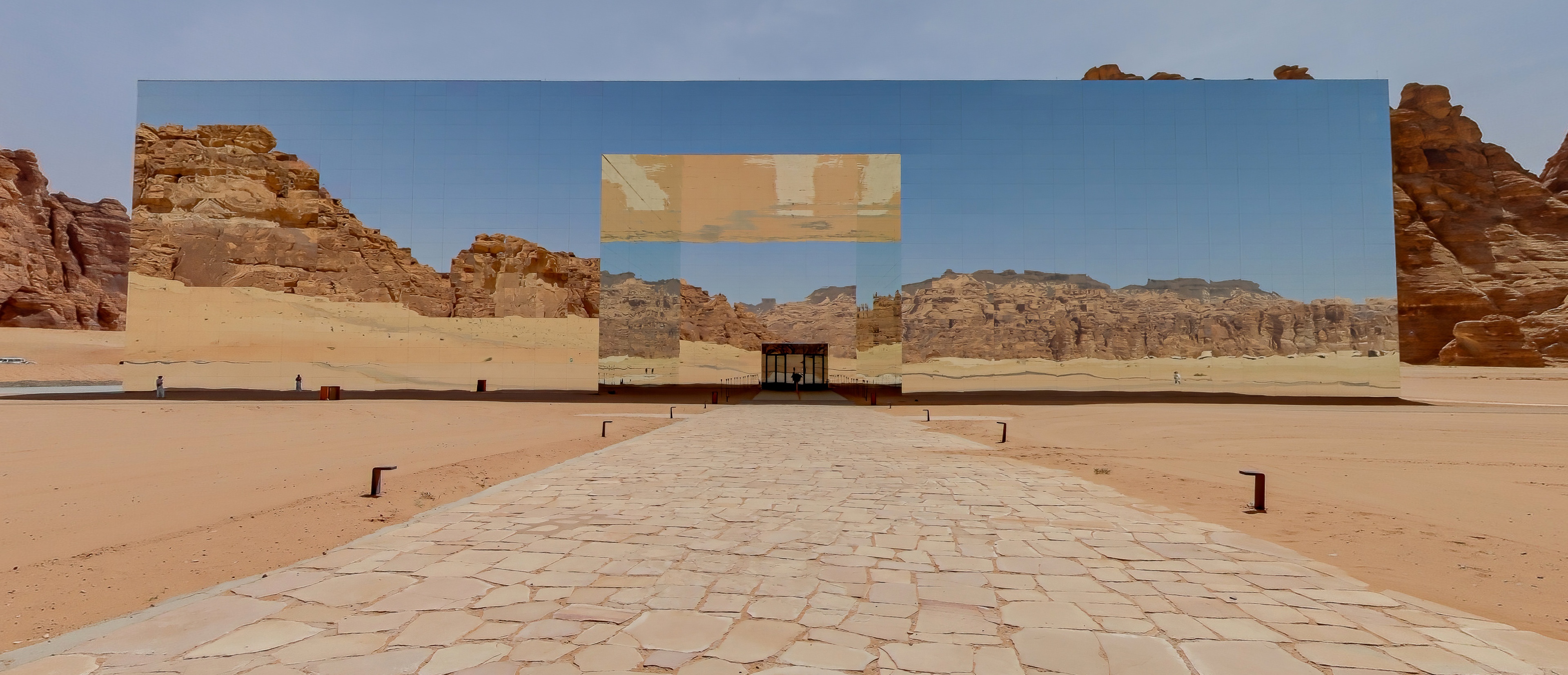
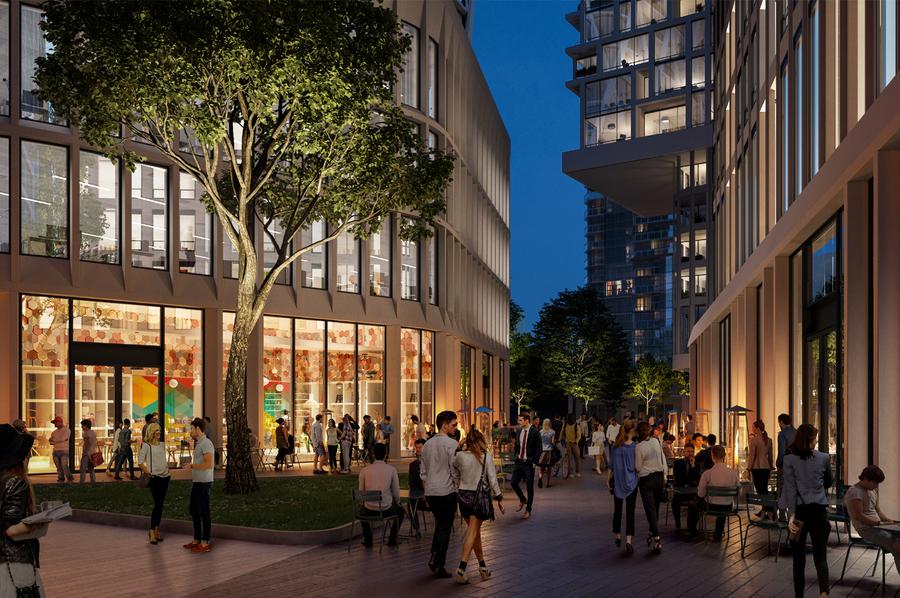

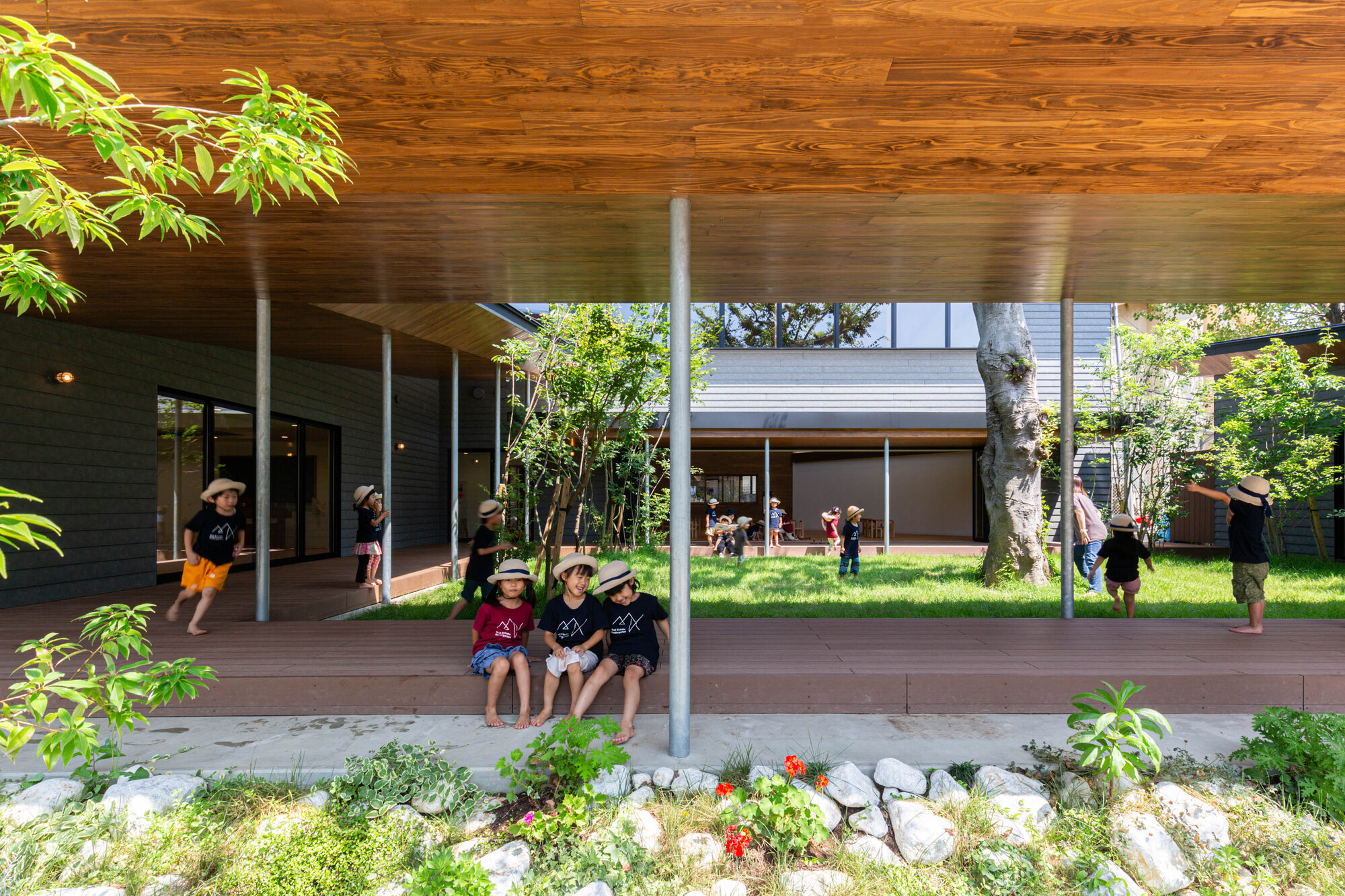
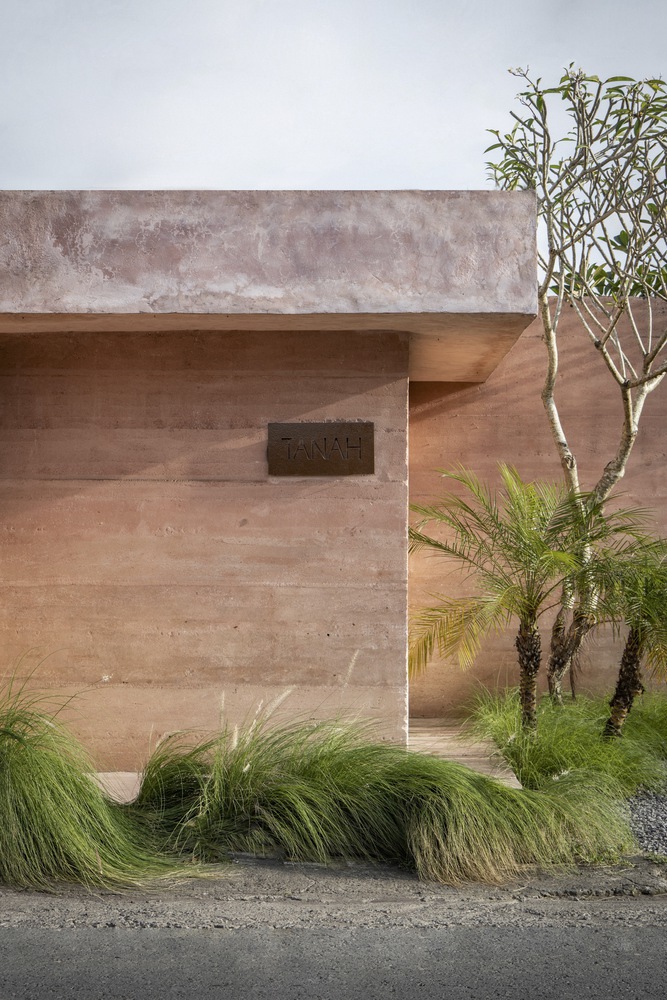
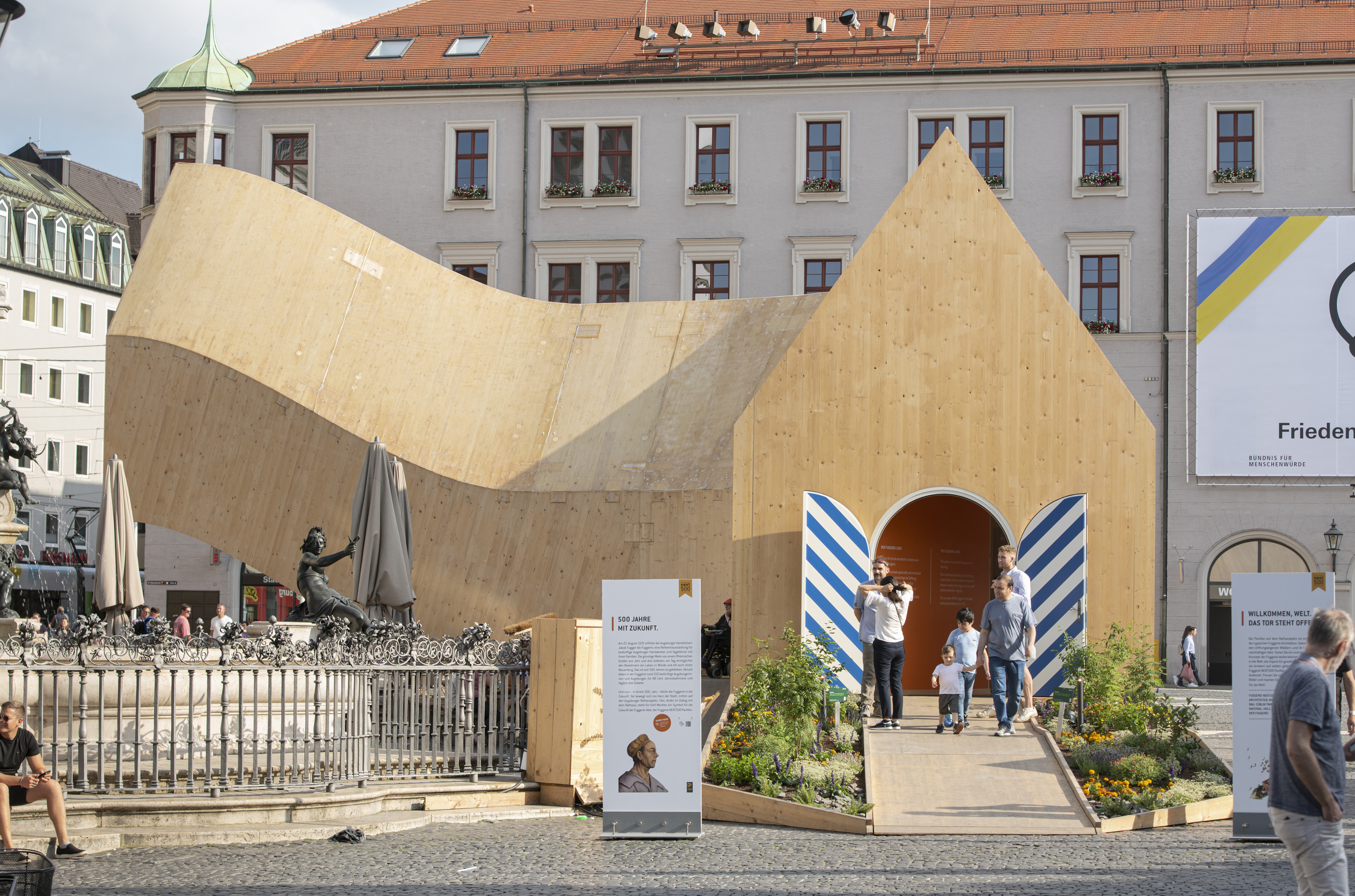
Authentication required
You must log in to post a comment.
Log in